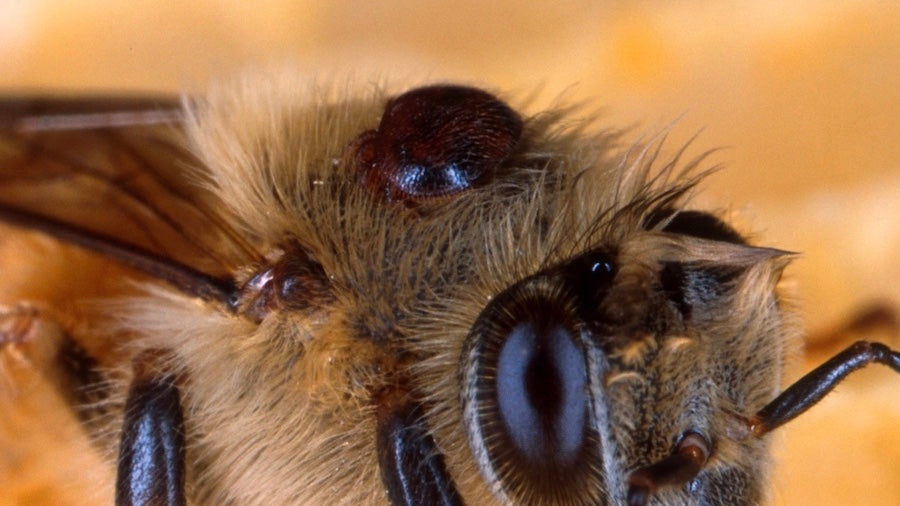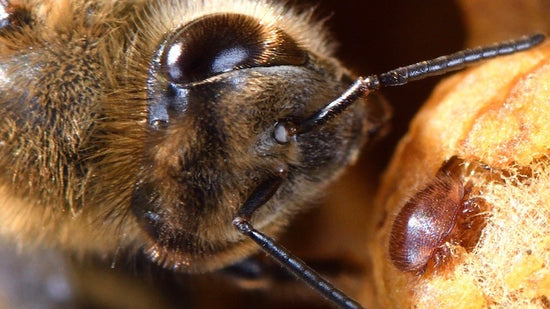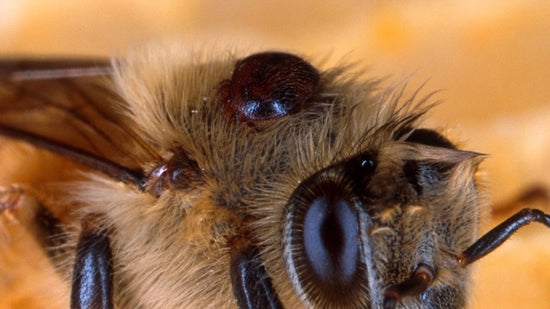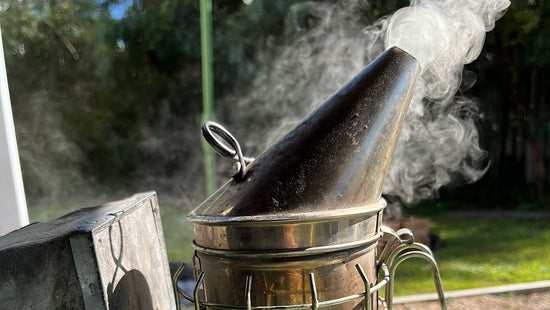The Varroa Mite (Varroa Destructor) was detected in sentinel hives at the port of Newcastle, NSW around Friday 23 June 2022. The mites are tiny reddish brown external parasites of European honey bees. The Varroa mite is a serious pest that threatens the honey bee worldwide and prior to Friday was not considered within Australian shores.
On their own, individual mites are easily identifiable to the naked eye. Left untreated varroa mite will kill any bee hive it infects. All feral and untreated bee colonies will eventually die. Mites move between colonies and apiaries via drone bees.
As at time of writing, the NSW DPI has in place an eradication plan covering an area within 50km of the Port of Newcastle.
All hives and any bee colonies - recreational/backyard or commercial are under a strict biosecurity order to not be moved, and no comb or honey is to be removed from hives within the zone.
At 6pm today (Sunday 26 June 2022) that zone is to be extended to the whole of NSW. (Source ABC)
Significant fines apply to anyone caught contravening this directive.
Beekeepers within this area (see map) are to ensure that all hives - managed or feral are known to NSW DPI. Should you not be registered, or know of a wild/feral hive European honey bee hive please follow one of the following steps:
- completing the Report a biosecurity concern form
- emailing hive.location@emergency.dpi.nsw.gov.au, or
- calling the Exotic Plant Pest Hotline, 1800 084 881 (9 am to 5 pm, 7 days a week).
If you have hives in Queensland, to ensure you are prepared should the mite be discovered beyond the current 50km containment zone.
- Ensure you are registered with Biosecurity Queensland. It's free to be a registered beekeeper, register your apiary locations and the number of hives there.
- Be prepared to inspect your hives as soon as possible.
- Stay vigilant. This needs us all to ensure we meet our obligations.
In the coming days, we will be publishing dates for briefing sessions for any beekeeper wishing to to refresh their skills on inspecting a hive for mites such as Varroa. Join our mailing list to ensure you stay informed (in the website footer below).
Source: NSW DPI Website. Some parts reproduced in interest of disseminating information to beekeepers and the public.
Edited Image by xiSerge from Pixabay.





